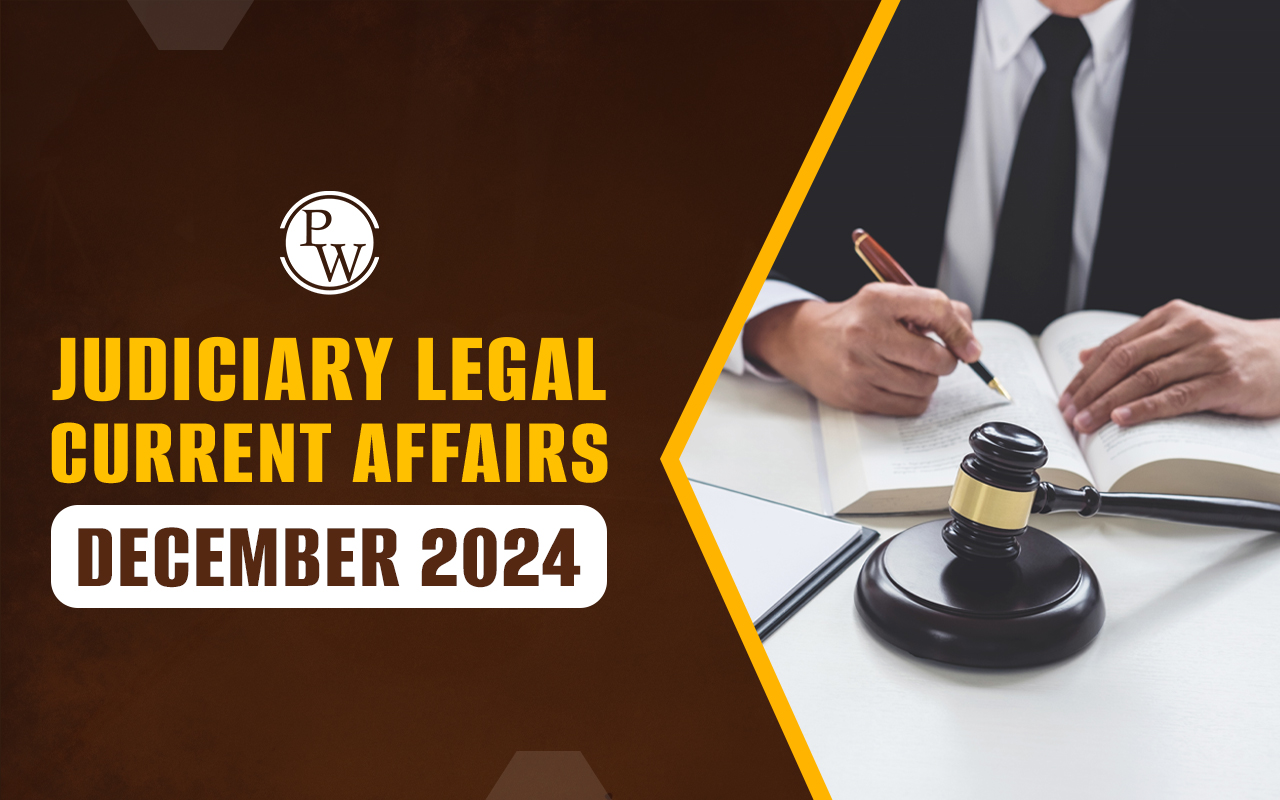
Indus Valley Civilization , also known as the Harappan civilization, was a significant chapter in the history of India. It existed during the Bronze Age in the northern parts of South Asia and played a crucial role in shaping ancient India. This civilization thrived from around 3300 BCE to 1300 BCE, with its peak period occurring between 2600 BCE and 1900 BCE.
The Indus Valley Civilization was one of the three early civilizations in the Near East and South Asia. Among these, it was the most widespread and comprised regions that are now part of Pakistan, Afghanistan, as well as western and northwestern India.Indus Valley Civilization
The Indus Valley Civilization existed a long time ago, from around 3300 to 1300 BCE when it started, and its peak was from 2600 to 1900 BCE. This ancient civilization was located in what is now northeast Afghanistan, through Pakistan, and into northwest India along the Indus River. Out of the three early civilizations in the ancient world, which included Ancient Egypt and Mesopotamia, the Indus Valley Civilization was the largest. During its emergence around 2600 BCE, the two major cities of the Indus Valley Civilization were Harappa and Mohenjo-Daro. These cities were situated along the Indus River Valley in what is now the Sindh and Punjab provinces of Pakistan. Valuable information about these ancient cultures was discovered and learned through archaeological excavations in the 19th and 20th centuries.History of Indus Valley Civilization
The Indus Valley Civilization's story begins in the 19th century CE when its ruins were unearthed. Charles Masson, formerly a British soldier known as James Lewis, played a important role. He deserted the East India Company Army in 1827 CE, changed his name, and embarked on travels across India. Masson, an avid coin collector, stumbled upon ancient sites, including Harappa in 1829 CE. However, he left quickly and wrongly attributed it to Alexander the Great. Upon his return to Britain, Masson's 1842 book caught the attention of British authorities and Alexander Cunningham, who founded the Archaeological Survey of India (ASI) in 1861 CE. Cunningham's excavation work at Harappa, begun in 1875 CE, was inconclusive due to a lack of historical context. In 1904 CE, John Marshall became ASI's director, visiting Harappa and concluding it represented an unknown ancient civilization. He ordered a full excavation and discovered Mohenjo-Daro nearby. Excavations at Mohenjo-Daro in 1924-1925 revealed striking similarities, confirming the Indus Valley Civilization. In 1912, John Faithfull Fleet discovered Harappan seals, prompting further excavation in 1921-1922 by Sir John Hubert Marshall, resulting in the discovery of Harappa. By 1931, much of Mohenjo-Daro had been excavated, with additional work led by Sir Mortimer Wheeler. The Partition of India in 1947 saw Pakistan inherit most of the archaeological finds. By 1999, over 1,056 cities and settlements of the Indus Valley Civilization had been found, with 96 fully excavated, shedding light on this ancient and advanced civilization.Evolution of Indus Valley Civilization
Sir Mortimer Wheeler was a famous British archaeologist known for his discoveries in Great Britain and India and for promoting scientific methods in archaeology. After serving in World War II, he became the director general of archaeology for India from 1944 to 1947. Lapis Lazuli, a sought-after product in both the Indus Valley Civilization and other cultures, was known to come from India, but its exact source was a mystery until the discovery of the Indus Valley Civilization. Even after its decline, Lapis Lazuli continued to be imported, mainly from this region. The Indus Valley Civilization had various phases:- Pre-Harappan (approximately 7000 to 5500 BCE): This phase, during the Neolithic period, is exemplified by sites like Mehrgarh. It shows evidence of agricultural development, the domestication of plants and animals, and the production of tools and ceramics.
- Early Harappan (approximately 5500 to 2800 BCE): During this period, trade relations were firmly established with Egypt, Mesopotamia, and possibly China. Communities living in small villages built ports, docks, and warehouses near waterways.
- Mature Harappan (approximately 2800 to 1900 BCE): This was the time of great urbanization and the construction of major cities. Cities like Harappa and Mohenjo-Daro flourished around 2600 BCE. Other cities, including Ganeriwala, Lothal, and Dholavira, followed a similar model, leading to the construction of hundreds of cities throughout the region.
- Late Harappan (approximately 1900 to 1500 BCE): The decline of the civilization coincided with a wave of Aryan migrations from the north, likely from the Iranian Plateau. Physical evidence suggests that climate change, including flooding, drought, and famine, played a role in this decline. Additionally, a loss of trade relations with Egypt and Mesopotamia may have contributed to the decline.
- Post-Harappan (approximately 1500 to 600 BCE): During this phase, the cities were abandoned, and the population moved south. The Indus Valley Civilization had already fallen by the time Cyrus II (the Great) invaded India in 530 BCE.
Indus Valley Civilization Cities and Sites
The cities of the ancient Indus Valley Civilization, like Harappa and Mohenjo-Daro in modern-day Pakistan and others in India, were well-structured and organized. These cities, which started as small villages, grew into major urban centers around 2600 BCE. Over 1,052 settlements have been found near the Indus River and its tributaries, suggesting a population of about five million at its peak. These cities had communal granaries, public baths, and efficient waste management systems. Most residents were craftsmen and traders, living in specific areas based on their professions. This reflected effective local governance that prioritized religion and hygiene.|
Indus Valley Civilization Cities and Sites |
|||
| Site | Excavated by | Location | Important Findings |
| Harappa | Daya Ram Sahini in 1921 | Situated on the bank of river Ravi in Montgomery district of Punjab (Pakistan). |
|
| Mohenjodaro (Mound of Dead) | R.D Banerjee in 1922 | Situated on the Bank of river Indus in Larkana district of Punjab (Pakistan). |
|
| Sutkagendor | Stein in 1929 | In southwestern Balochistan province, Pakistan on Dast river |
|
| Chanhudaro | N.G Majumdar in 1931 | Sindh on the Indus river |
|
| Amri | N.G Majumdar in 1935 | On the bank of Indus river |
|
| Kalibangan | Ghose in 1953 | Rajasthan on the bank of Ghaggar river |
|
| Lothal | R.Rao in 1953 | Gujarat on Bhogva river near Gulf of Cambay |
|
| Surkotada | J.P Joshi in 1964 | Gujarat |
|
| Banawali | R.S Bisht in 1974 | Hisar district of Haryana |
|
| Dholavira | R.S Bisht in 1985 | Gujarat in Rann of Kachchh |
|
Town Planning in Indus Valley Civilization
Town planning in the Harappan society was quite unique. Both Mohenjodaro and Harappa had their own special areas called citadels, where the ruling class might have lived. Below these citadels, there were lower towns with brick houses for the common people. What stood out was the use of a grid system for organising the city, which was quite remarkable. One interesting feature of Harappan cities was the presence of granaries. They used burnt bricks for construction, which was uncommon for the time, as most Egyptian buildings were made of dried bricks. Mohenjodaro had a very effective drainage system, and most houses, whether big or small, had their own courtyards and bathrooms. In Kalibangan, many houses had wells. In some places like Dholavira and Lothal in Gujarat, the entire town was surrounded by walls, and these walls also divided different parts of the town. This kind of town planning was a significant aspect of Harappan society.Social and Political System in Indus Valley Civilization
In the context of the Harappan civilization, when we look at the evidence from archaeological findings, we don't get a clear picture of who held power or how the powerful were represented. However, some artefacts like pottery, seals, weights, and bricks show a remarkable consistency in their sizes and weights. This consistency suggests that there might have been some form of authority or a system of government. Now, regarding how the Harappan society was governed, there are three main theories: The first theory suggests that there was a single state that governed all the communities within the civilization. This idea is based on the uniformity of artefacts, planned colonies, standardisation of brick sizes, and the strategic placement of towns near sources of raw materials.- The second theory proposes that each of the urban centers, such as Mohenjo-Daro, Harappa, and other settlements, had their own rulers who represented them. In this scenario, there might have been multiple rulers in different places.
- Lastly, some researchers argue that there were no traditional rulers in the Indus Valley Civilization. Instead, they believe that everyone lives in a state of equality, with no central authority governing the society.
Agriculture in Indus Valley Civilization
The Harappan communities, mainly located near river plains, had enough food grain production. They could grow various crops like wheat, barley, rai, peas, sesame, lentils, chickpeas, and mustard. In Gujarat, millets were also grown, but rice was not commonly used. Cotton was first cultivated by the Indus civilization. While we find evidence of grain storage, it's difficult to fully understand their farming methods. Seals and clay art from that time often show bulls, suggesting that oxen were used for plowing. Most Harappan sites were in semi-arid areas, so they likely needed irrigation to farm. Some canals have been found in Afghanistan but not in Punjab or Sindh. Alongside agriculture, the Harappans also raised a lot of animals. There is some evidence of horses at Mohenjodaro and a questionable ceramic statue in Lothal. However, horses weren't a central part of the Harappan civilization.Craft in Indus Valley Civilization
The Indus Valley Civilization was one of the earliest and most significant ancient civilizations, alongside Egypt, Mesopotamia, and China. It was located in what is now Pakistan and India and existed from about 3300 to 1300 BCE, during the Bronze Age. This civilization was unique because it was centered around large urban communities. The two most important cities of the Indus Valley Civilization, Harappa and Mohenjo-Daro, were established around 2600 BCE in the Sindh and Punjab regions of Pakistan, near the Indus River. Many important discoveries about their technology, art, trade, transportation, writing, and religion were made when archaeologists unearthed and studied their remains during the 19th and 20th centuries.Trade and Economy in Indus Valley Civilization
Ancient Harappan cities had workshops that used materials from Iran and Afghanistan, as well as lead and copper from India, jade from China, and cedar wood from the Himalayas. They traded for these goods, and their trade items included pottery, precious metals, tools, shells, pearls, and gemstones. The Harappans and Mesopotamians had a strong trade network, even on the sea. In Mesopotamia, they found Harappan seals and jewellery. Harappans likely used boats with one mast and a woven sail for long-distance sea trade across the Arabian Sea, Red Sea, and Persian Gulf. Trade was vital in their lives, as seen through their seals, writing, and measures. They traded items like shells, metals, and stones, mainly through barter, not using metal money. They were skilled at navigation along the Arabian Sea's coast and had a trading colony in northern Afghanistan for trade with Central Asia. They also did business with people near the Tigris and Euphrates rivers, and trading lapis lazuli may have increased the status of their rulers.Decline of Indus Valley Civilization
The Indus Valley Civilization's downfall isn't entirely clear. It didn't suddenly end but slowly weakened. People moved away to the east, and cities were left empty. Writing and trade also decreased. Some people used to think that an Aryan invasion caused it, but that idea is no longer believed. Another idea is that tectonic movements and floods may have had a role. Other factors like rivers drying up, cutting down trees, and harming nature were also thought to contribute. Some cities might have been damaged by floods, but not all of them. Now, experts believe that a mix of these factors, not just one, led to the decline of the Indus Valley Civilization. New cities only started to appear about 1400 years later. To succeed in upcoming exams, candidates should consider exploring PW SSC Books We provide high-quality content at an affordable price, including sample papers, mock tests, guidance sessions, and more to ensure aspirants secure their selection. Also, enroll today on SSC Online Coaching to turn your dreams into reality.| Other Related Links | |
| Tiger Reserves in India | National Parks in India |
| Biosphere Reserves in India | Elephant Reserves in India |
Indus Valley Civilization FAQs
Q1. When was Indus Valley Civilization first identified?
Ans. The civilization was first identified in 1921 at Harappa in the Punjab region and then in 1922 at Mohenjo-daro, near the Indus River in the Sindh (Sind) region.
Q2. What is Indus Valley Civilization known for?
Ans. Urban planning, a technical and political process dealing with the utilisation of land and the creation of the urban environment, is a skill that the Indus towns are renowned for.
Q3. Which is the oldest civilization?
Ans. Mesopotamia is the oldest civilization
Q4. Where did the Indus valley civilization flourish?
Ans. The Indus valley civilization flourished over the Indus River banks.
🔥 Trending Blogs
Talk to a counsellorHave doubts? Our support team will be happy to assist you!

Check out these Related Articles
Free Learning Resources
PW Books
Notes (Class 10-12)
PW Study Materials
Notes (Class 6-9)
Ncert Solutions
Govt Exams
Class 6th to 12th Online Courses
Govt Job Exams Courses
UPSC Coaching
Defence Exam Coaching
Gate Exam Coaching
Other Exams
Know about Physics Wallah
Physics Wallah is an Indian edtech platform that provides accessible & comprehensive learning experiences to students from Class 6th to postgraduate level. We also provide extensive NCERT solutions, sample paper, NEET, JEE Mains, BITSAT previous year papers & more such resources to students. Physics Wallah also caters to over 3.5 million registered students and over 78 lakh+ Youtube subscribers with 4.8 rating on its app.
We Stand Out because
We provide students with intensive courses with India’s qualified & experienced faculties & mentors. PW strives to make the learning experience comprehensive and accessible for students of all sections of society. We believe in empowering every single student who couldn't dream of a good career in engineering and medical field earlier.
Our Key Focus Areas
Physics Wallah's main focus is to make the learning experience as economical as possible for all students. With our affordable courses like Lakshya, Udaan and Arjuna and many others, we have been able to provide a platform for lakhs of aspirants. From providing Chemistry, Maths, Physics formula to giving e-books of eminent authors like RD Sharma, RS Aggarwal and Lakhmir Singh, PW focuses on every single student's need for preparation.
What Makes Us Different
Physics Wallah strives to develop a comprehensive pedagogical structure for students, where they get a state-of-the-art learning experience with study material and resources. Apart from catering students preparing for JEE Mains and NEET, PW also provides study material for each state board like Uttar Pradesh, Bihar, and others
Copyright © 2025 Physicswallah Limited All rights reserved.
Get App









